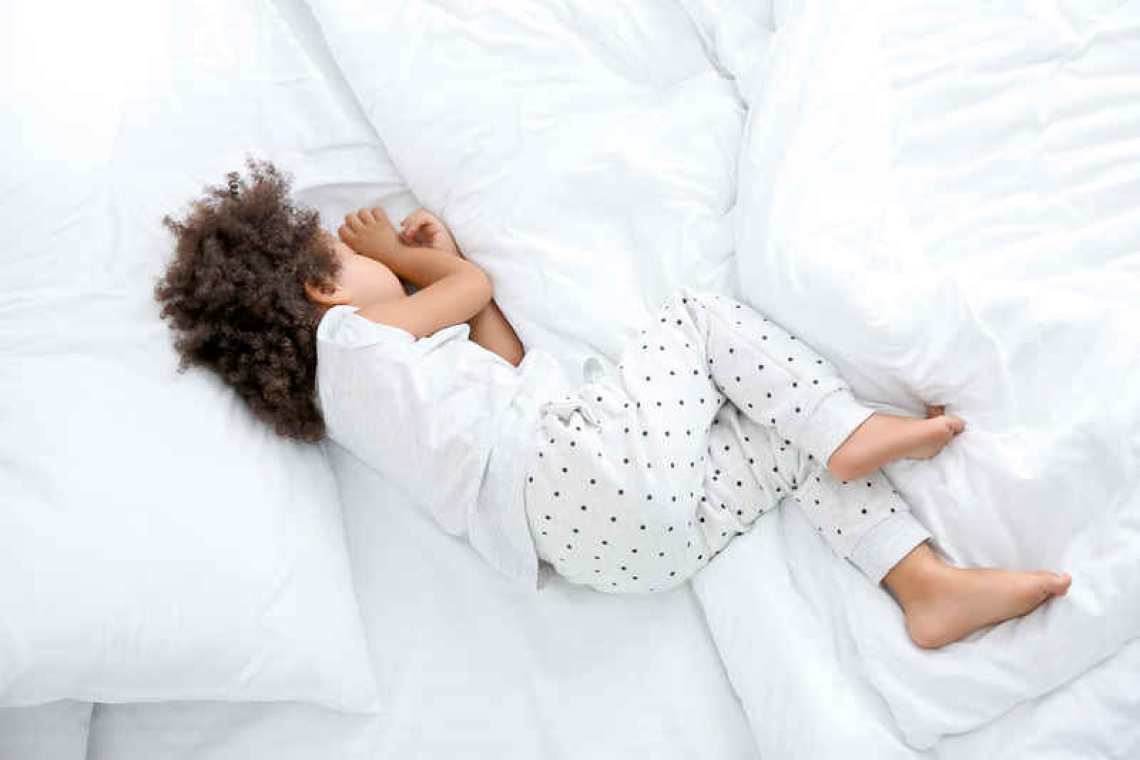By Dr. Colin Michie FRCPCH University of Central Lancashire
Achieving that wonderful state of good sleep can be challenging. All of us have suffered breathing difficulty and snored when our nose has been blocked. But regular breathing problems at night, particularly apnoea, needs attention!
We are familiar with snoring – up to a half of us do it regularly. Most snoring, even if very loud, is not medically serious, although it can cause domestic disruption. It is usually the result of the relaxation of muscles in the upper airway and is often related to the position of the head and neck – sleeping on one’s back can make it worse. The nose normally helps warm, filter and add moisture to the air we breathe, causing about half of the obstruction to airflow by performing these functions. Cells lining the nose and sinuses produce small amounts of a gas, nitric oxide. This helps dilate the airways and improves blood supply to the lungs – our own, local, aero-transmitter helps us collect oxygen. So we need our nasal breathing, although it may become noisy at night.
A more serious disorder sometimes linked to snoring is obstructive sleep apnoea. An apnoea is when no air flows into the lungs for more than 10 seconds. We cannot store the oxygen needed for the brain and other organs. During apnoea, the exchange of oxygen into the blood and all organs is reduced. Having many apnoeas each hour disrupts rest. Rising carbon dioxide, too, will drive us to try to take in another breath to end an apnoea – most of us gasp after about a minute into an apnoea. If you train as a free diver, you may be able to extend your apnoeic period safely for over four minutes.
Apnoea can begin in all age groups, often for different reasons. They are particularly common in the premature infant in intensive care, usually because of brain immaturity. Children may develop them too in sleep, often because of large tonsils and adenoids. Adults may show apnoea when sedated by alcohol, sleeping medications or opiates. Both children and adults are more likely to have apnoea if they are sedentary and overweight. Over two thirds of patients undergoing bariatric surgery have been found to have sleep apnoea. Sleep apnoea is also reported in all studies of disturbed sleep in the elderly. In total, up to a third of men and up to 9% of women may be affected by obstructive sleep apnoea. Many will suffer with over 30 episodes of apnoea an hour while trying to sleep.
Apnoea can set in motion a cascade of disorders. Gasping for air at night is one of these – this may be observed by family members. A headache in the morning, difficulty concentrating, daytime sleepiness, a loss of mental focus and libido are often reported too. These issues may be associated with accidents and poor work performance. Poor oxygenation at night is associated with an increased workload for the heart muscle and lungs: apnoea increases the risk of heart failure and stroke. When associated with metabolic syndrome and a high body mass index, there is often a connection between apnoea, insulin resistance and fatty liver disease. Apnoea can increase the risk of glaucoma by increasing the pressure inside the eyeball. In those with sickle cell disease, apnoea can initiate painful crises.
This terrifying list has driven active approaches to sleep apnoea. Treatment needs to tackle the cause. In the older adult, management benefits have been found from lifestyle measures, in particular weight loss, reduction in alcohol, sedatives and tobacco smoking. There are surgical strategies to keep the airway open overnight, such as removing enlarged tonsils, or oral devices and operations to move the lower jaw forward during sleep.
The use of positive pressure in the airway is the current standard treatment for sleep apnoea. This is delivered by a mask connected to a pump that increases the pressure within the airway during sleep. The mask is usually fitted around the nose and mouth. It reduces symptoms and the complications of not having sufficient oxygen. This approach was invented in the 1980s by Colin Sullivan in Australia; he described it as “like wearing reading glasses”. The mask may be cumbersome initially and a nuisance, but this process is an invaluable approach to treating sleep apnoea.
The sleep economy is growing as specialised sleep clinics proliferate, along with the treatments they recommend. In 2020, over 25 billion dollars was spent in just the US on devices to increase airway pressure. This figure is likely to grow as populations age. Other developments to help reduce metabolic complications of apnoea, for instance cardio-protective diets or specific physical activities, are being tested. Should you hear someone gasping for air at night, assistance is available that will help protect them in future.
Useful resources:
https://www.nhs.uk/conditions/sleep-apnoea/
https://www.yalemedicine.org/news/sleep-apnea-cpap
Dr. Colin Michie is currently the Associate Dean for Research and Knowledge Exchange at the School of Medicine in the University of Central Lancashire. He specializes in paediatrics, nutrition, and immunology. Michie has worked in the UK, southern Africa and Gaza as a paediatrician and educator and was the associate Academic Dean for the American University of the Caribbean Medical School in Sint Maarten a few years ago.







